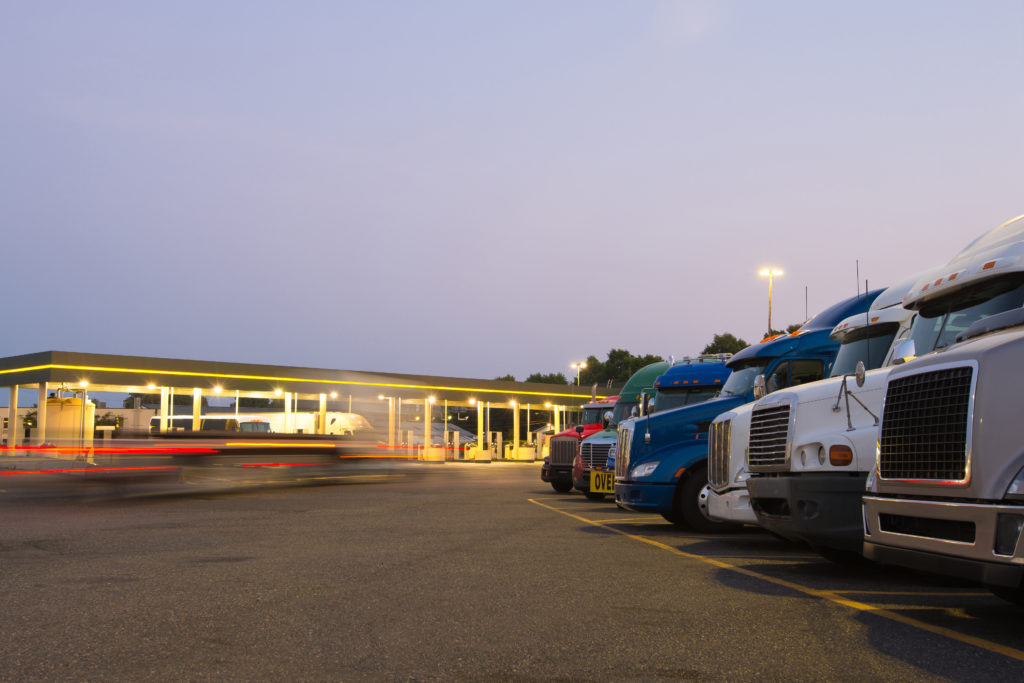
WASHINGTON — Transportation Secretary Elaine Chao is calling for 100 pledges to work towards combating human trafficking.
Chao was joined by Congress, state government, and transportation industry leaders earlier this year in response to her call to action.
“The U.S. Department of Transportation is committed to working with our public and private partners to fight human trafficking on America’s transportation system,” Chao said.
Chao is committing $5.4 million in grant selections to the Federal Transit Administration’s Human Trafficking Awareness and Public Safety Initiative. The program will bring together 24 organizations from across the United States, each of which will receive project funding dedicated to preventing human trafficking on public transportation.
The Transportation Leaders Against Human Trafficking Pledge asks participants to educate their employees on recognizing the signs of human trafficking and aims to raise overall awareness of this modern-day slavery through outreach campaigns and by sharing data.
Human trafficking, which involves forceful labor or commercial sex acts, affects millions of adults and children throughout the country and worldwide, of all ages, races, genders and backgrounds. Many are trafficked within their communities and others are transported to other locations.
Chao requested that the transportation industry commits to 100 pledges within 100 days, and as of late February, the Department of Transportation stated the agency has exceeded that goal and received 100 pledges within a month.
“America’s transportation system is being used to facilitate this modern form of slavery,” explained Chao. “The department commends these employers for their commitment to train their employees to help detect and save victims of human trafficking.”
To boost these counter-trafficking efforts, Chao has also established an annual Combating Human Trafficking in Transportation Impact Award of $50,000 to motivate non-governmental organizations, research institutions, industry associations, and government organizations to develop new ways of combating human trafficking throughout the industry. The Department will then review submissions and choose which group will best utilize these funds to create a viable solution.
“The funding announced today will empower transit agencies and other organizations to develop local solutions to address human trafficking on buses, trains, and other forms of public transportation,” said K. Jane Williams, FTA Acting Administrator. “Our goal is to build awareness among all transit operators and the traveling public to enable them to recognize and report potential instances of human trafficking.”
Some of the selected projects working within the scope of the $5.4 million grant include:
-The Santa Clara Valley Transportation Authority, which is receiving $350,000 to launch an awareness campaign centering on rider education around detecting human trafficking. It will also increase employee training on the issue, as Santa Clara is particularly vulnerable to human trafficking and other related crimes due to its location near international travel hubs.
-Georgia’s Gwinnett County Board of Commissioners, which is receiving $352,000 to implement communications equipment on buses connected to dispatchers in a transit maintenance center, which will bring live monitoring of the driver and his or her surroundings. Gwinnett County Transit transports around 1.5 million riders each year.
-The Community Transportation Association of America, which is receiving $242,677 to develop and improve educational materials on human trafficking, public safety, and operator assault for transit agencies. CTAA includes public, private, and nonprofit transportation and mobility management providers.
Since Chao first announced the call to action in late January, over 250 pledges have been signed–including by city government agencies, state transportation departments, trucking companies, airline groups, port and and airport authorities, transit groups, and nongovernmental organizations.
FTA’s Human Trafficking Awareness and Public Safety Initiative supports USDOT’s Transportation Leaders Against Human Trafficking, which was formed in 2012 as a group of transport and travel industry representatives working with other institutions to increase training and public awareness resources.
A few days after Chao initially called on transportation leaders for support, President Donald Trump signed the “Executive Order on Combating Human Trafficking and Online Child Exploitation in the United States,” which dedicates a White House position on finding solutions to these particular crimes full-time.
“We are not letting up!” Elaine Chao stated in a Tweet. “Multiple initiatives are underway to increase awareness of human trafficking and equip transportation industry employees and the public with strategies to fight it.”




